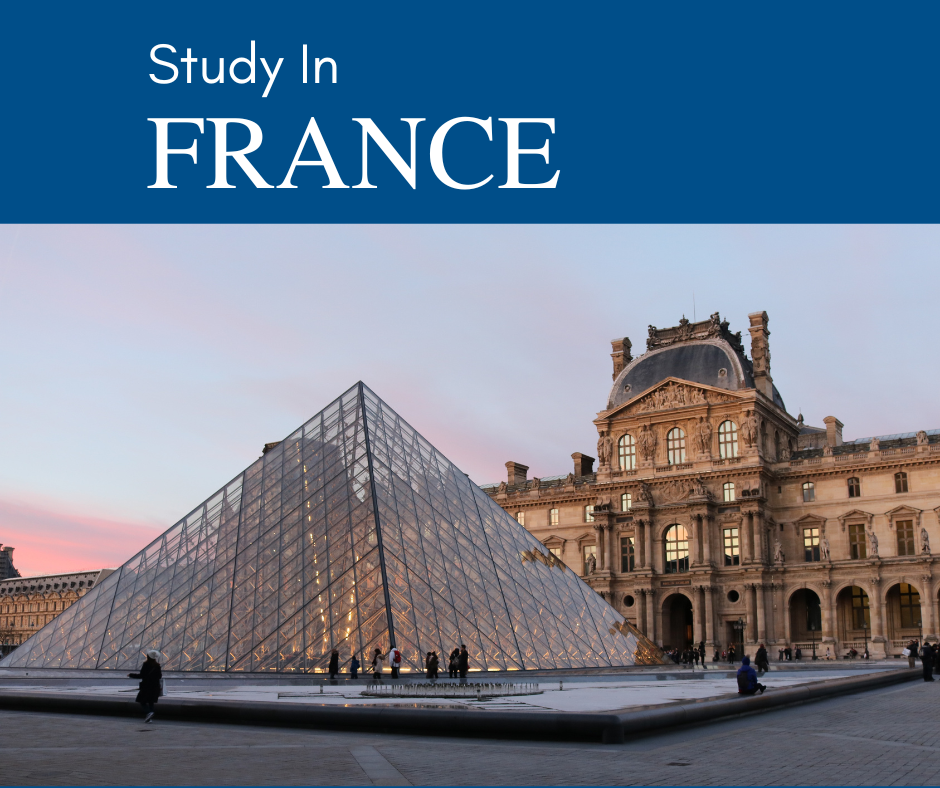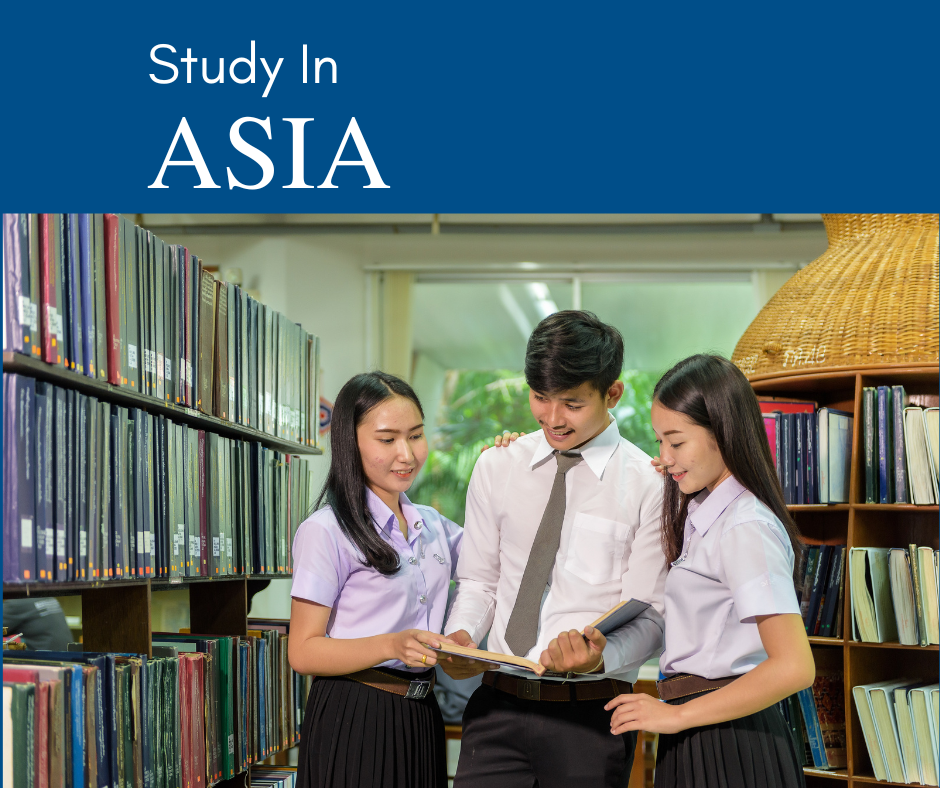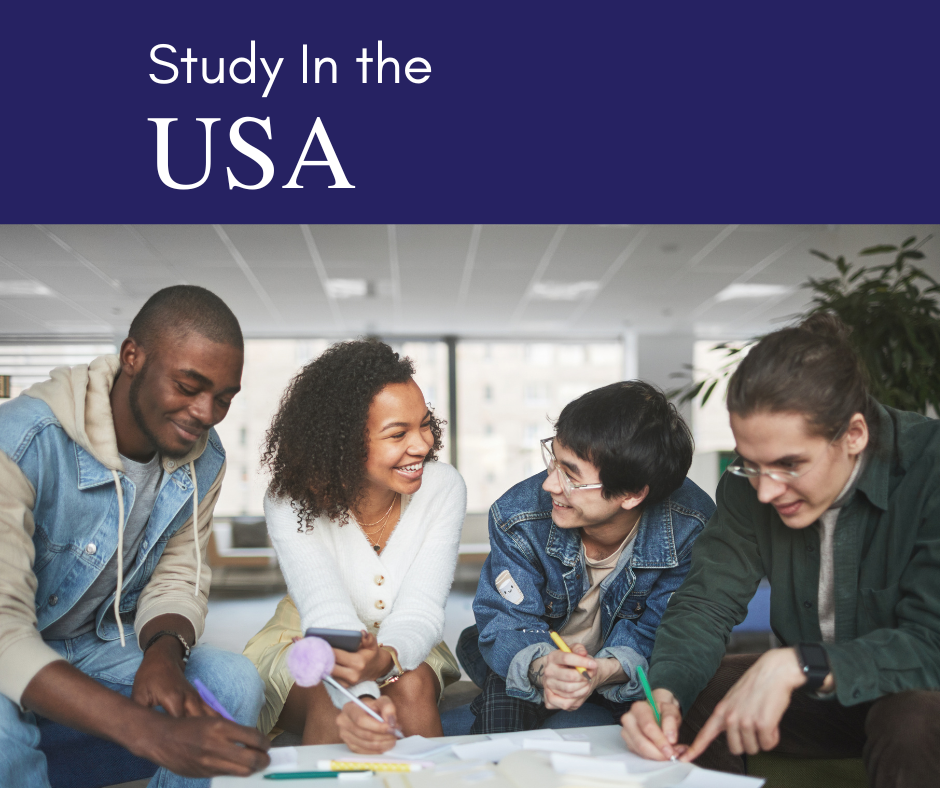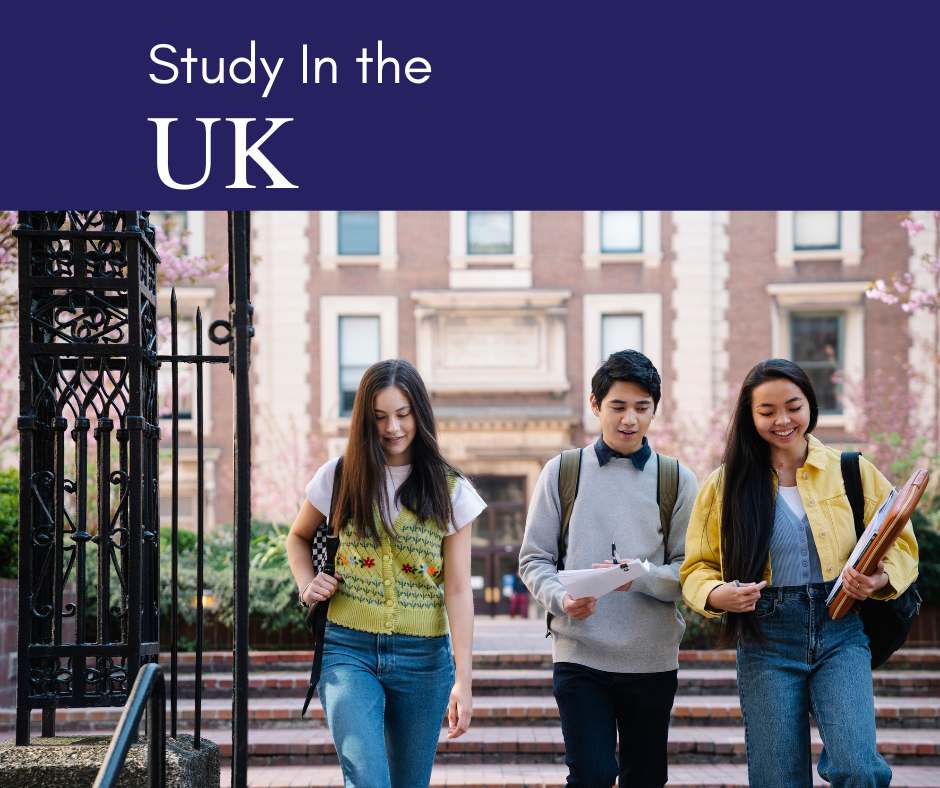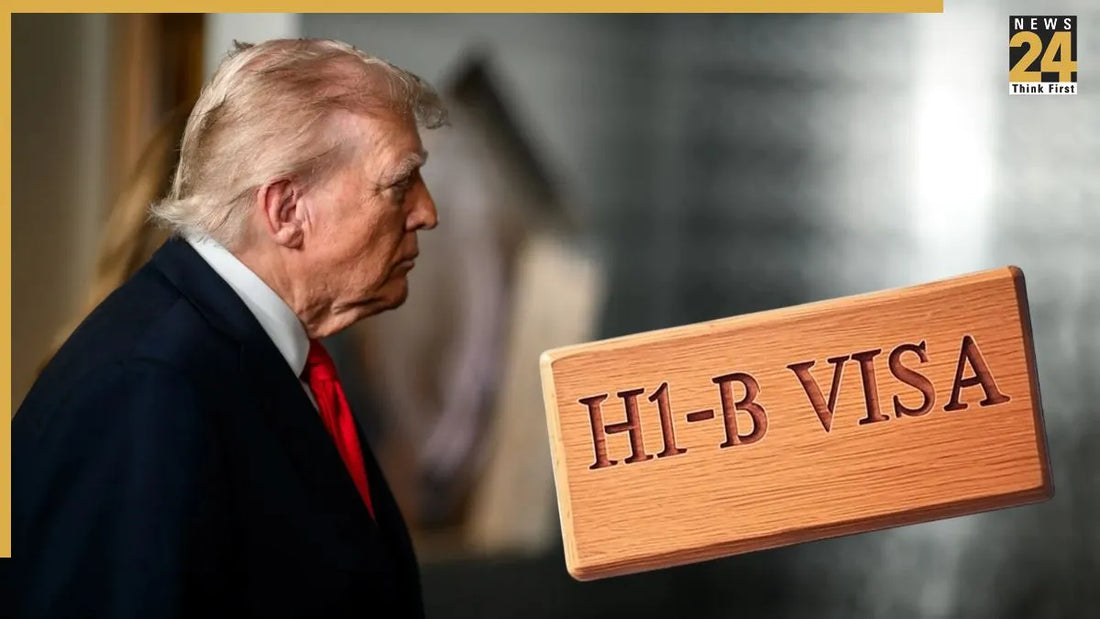
USA Masters Programs at Risk? Why Trump’s New H-1B Fee Risks Gutting U.S. Master’s Programs
Share
The Policy Shock
On September 21, 2025, President Trump signed a proclamation requiring employers to pay a $100,000 supplemental fee for new H-1B petitions filed for workers outside the U.S. (Al Jazeera, 2025). While renewals and internal transfers are exempt, the impact falls squarely on new international graduates who plan to convert from OPT to H-1B.
Given that 73% of H-1B recipients in FY 2023 were from India and that 55% of U.S. master’s students in computer science and engineering are international, the financial barrier is acute.
Why Master’s Students Care So Much About H-1B
- The OPT → H-1B → Green Card pipeline is the de facto ROI model for many international master’s students.
- U.S. master’s degree holders currently benefit from a 20,000-visa “advanced degree exemption” lottery advantage.
- If employers balk at a $100,000 sponsorship fee, the perceived ROI of a $40,000–$80,000 degree evaporates.
What History Teaches Us: When Policy Backfires
U.S. after 9/11 (2001–2003)
- Visa vetting tightened, processing delays spiked.
- According to IIE’s Open Doors, new international enrollments fell by ~2.4% in 2003–04, the first decline in three decades.
- Recovery only came after 2006, once SEVIS was stabilized and consular processes eased.
Australia’s 2010 Migration Crackdown
- Concerns about fraudulent “migration-driven” enrollments led to tougher English requirements and limits on work rights.
- International student numbers fell 15% between 2010–2012, wiping AU$2 billion from export education revenues.
- The government reversed course in 2013, reintroducing post-study work visas and streamlined pathways.
Trump’s 2017 “Travel Ban” & 2018 OPT/H-1B Scrutiny
- Muslim-majority countries saw double-digit declines in U.S. applications.
- Across the board, U.S. new international enrollments fell ~7% in 2017–18, according to IIE, the steepest drop in a decade.
- Canada and Australia recorded record growth at the same time, showing how demand is portable.
Data Modelling: Scenarios for 2026–27
| Scenario | Assumptions | International Master’s Enrollment Impact (2026 intake) | Global Competitor Impact |
|---|---|---|---|
| Mild (–5%) | Employers absorb fee selectively (high-salary jobs only). H-1B remains viable for STEM graduates. | 15,000 fewer new master’s students; mainly mid-tier universities hit. | Canada & UK gain modestly (+2–3% Indian intake). |
| Severe (–20%) | Employers avoid H-1B for early-career hires; OPT no longer seen as stepping stone. | 60,000–70,000 fewer new master’s students; revenue loss ~$3B/year. | Canada (+8–10%), Australia (+7%), Germany (+5%) see surge in STEM master’s. |
| Worst-Case (–30%) | Fee paired with stricter lottery and wage rules; master’s cap exemption eroded. | 100,000 fewer master’s students; systemic revenue shock $4–5B. | Competitors lock in long-term reputational gains; U.S. loses “default destination” status in CS/engineering. |
The Global Substitution Effect
- Canada: International enrollments doubled between 2015–2023 after U.S. policy tightened, largely because of its 3-year Post-Graduation Work Permit and transparent PR pathways.
- Germany: Tuition-free STEM master’s programs in English already attract ~40,000 Indians annually. Even a 10% diversion from the U.S. means an extra 4,000–5,000 students per year.
- Australia & New Zealand: With work-rights expansions (Australia: 24 hrs/week; NZ: 25 hrs/week), they present affordable, predictable ROI alternatives.
Why Universities Should Worry
- International master’s students often pay 1.5–3x more than domestic peers. Losing even 10% enrollment could cost flagship universities $50–100m annually.
- STEM labs rely on international graduate students as teaching assistants and research staff. Shrinking cohorts weakens U.S. research output—already under pressure from China’s surge in STEM PhDs.
- Middle-tier and regional universities, heavily dependent on Indian and Chinese master’s students, are most exposed.
Policy Recommendations
- Tiered fee structure: Scale sponsorship costs by employer size/salary, rather than a flat $100k.
- Exempt early-career hires from the fee if they are graduates of U.S. institutions—protecting the education-to-work pipeline.
- Safeguard the master’s cap exemption to maintain U.S. attractiveness for advanced degree holders.
- Universities must diversify markets (e.g., SE Asia, Africa, Latin America) and invest in non-employment ROI messaging (skills, global networks, dual degrees).
Conclusion
History is clear: when governments over-tighten migration pathways, international student numbers drop, revenues collapse, and competitors profit. The $100,000 H-1B fee risks repeating the mistakes of post-9/11 America and 2010 Australia—only on a larger scale.
For international master’s students, the U.S. is starting to look like the riskiest investment in global higher education. Unless exemptions or reversals are made, the country could see a decade-long erosion of its dominance in graduate education.


